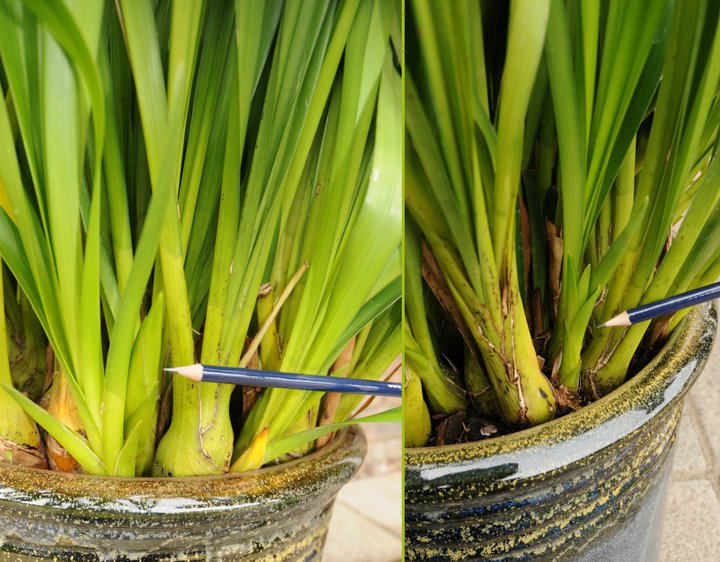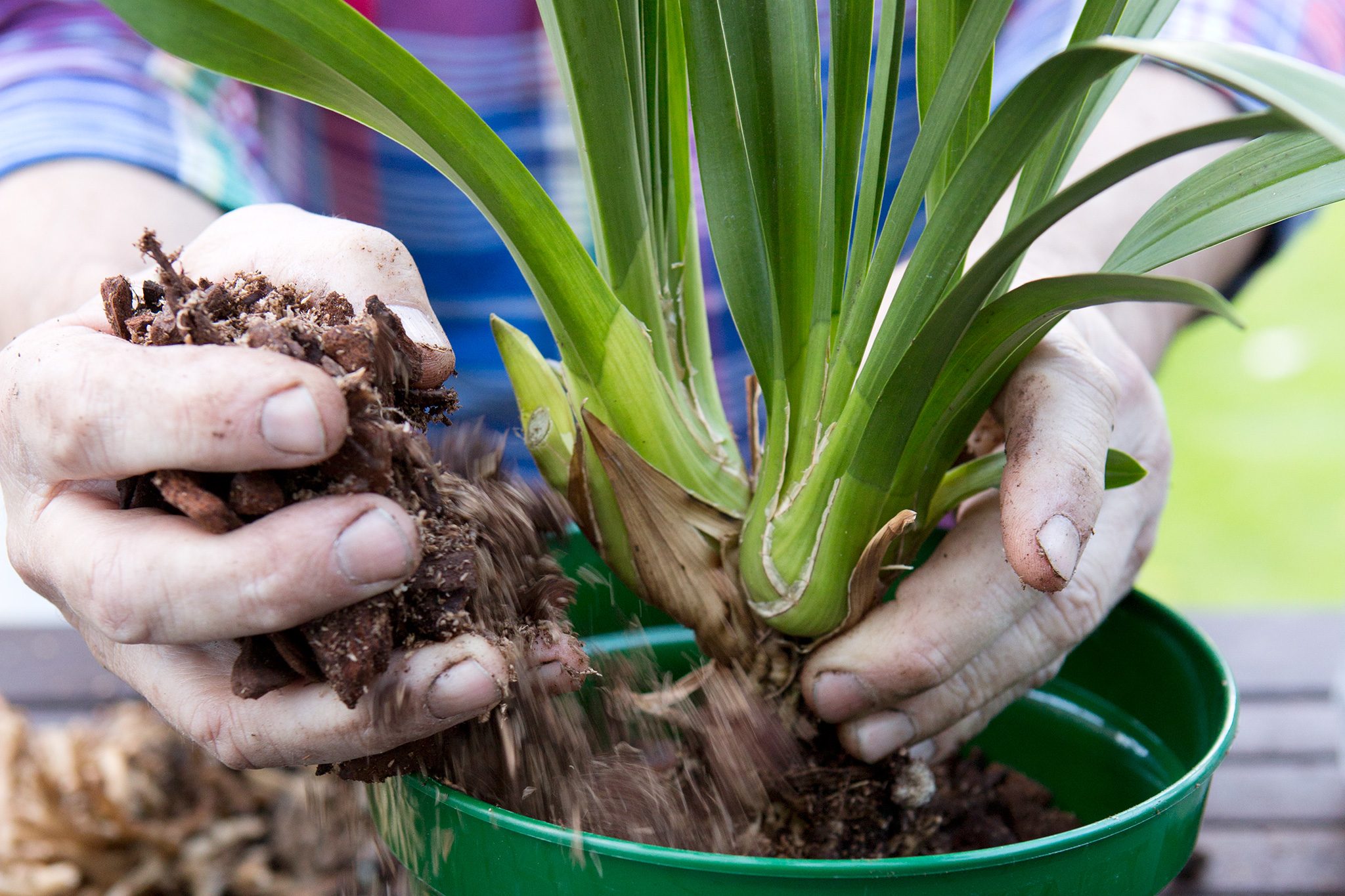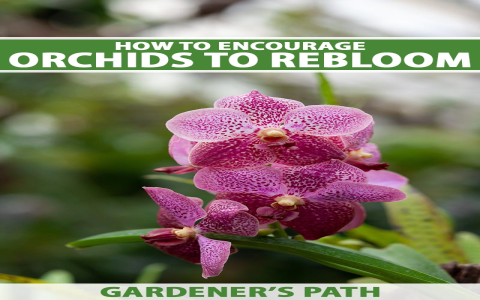Okay, let’s talk about getting my Cymbidium orchid into a new pot. It was definitely time. The old mix looked spent, and the plant seemed a bit cramped.
Getting Ready
First thing, I gathered all my stuff. You don’t want to start and then realize you’re missing something. Here’s what I pulled together:

- A new pot, just slightly bigger than the old one. Maybe an inch or two wider. Didn’t want to give it too much space.
- Fresh orchid potting mix. I use a chunky bark mix specifically for Cymbidiums. They seem to like good drainage.
- Clean scissors or pruning shears. Sterilized them with a bit of rubbing alcohol first. Don’t want to spread any gunk.
- A chopstick or a thin stake. Handy for poking mix into gaps.
- Something to work on, like newspaper or an old tarp. It gets messy.
- Gloves, if you don’t like getting your hands dirty. I usually just go for it.
The Actual Repotting Process
Alright, so the first step was getting the orchid out of its old pot. Sometimes they slide right out, other times… not so much. This one was pretty root-bound. I had to squeeze the plastic pot quite a bit and gently wiggle the plant back and forth. Took some patience, but eventually, it came loose. Had to be careful not to break too many roots or damage the pseudobulbs.
Once it was out, wow, lots of roots. I started gently teasing apart the old mix from the root ball. A lot of the old bark just crumbled away, which is good, means it was time for a change. Then I inspected the roots closely. I look for anything mushy, black, or papery-dry. Those are dead or rotting. I took my clean shears and snipped off all the bad stuff. Healthy Cymbidium roots are usually whitish or light tan and firm. Don’t be afraid to trim, just make sure your tool is clean.
Next, I got the new pot ready. I put a layer of the fresh bark mix in the bottom. Just enough so the base of the orchid would sit at the right height – usually, you want the bottom of the oldest pseudobulbs to be just slightly below the rim of the pot.
Then, I carefully placed the orchid into the new pot. I tried to position the oldest pseudobulbs towards the back edge of the pot, leaving more room in front for the new growth to develop. This is pretty important for Cymbidiums because they grow in one direction.
Holding the orchid in place with one hand, I started adding the new potting mix around the roots with the other. I filled it in, gently tapping the pot on the table and using the chopstick to poke the mix down into any big air pockets. You want the mix to support the plant, but don’t pack it down super tight. Cymbidiums need air around their roots.
I kept adding mix until it reached the base of the pseudobulbs, making sure they weren’t buried. A little wiggle test confirmed the plant felt secure in its new home.
What I Did After
Now, this is where people differ, but I usually wait about a week before watering thoroughly. This gives any roots I might have accidentally nicked or broken time to heal over, reducing the chance of rot. Some folks water right away, but this method has worked well for me.

After that first week, I gave it a good soak, letting water run through the pot completely. Then I put it back in its usual spot – bright, indirect light, nothing too harsh. And that’s pretty much it. Just gotta keep an eye on it and get back to its normal watering routine once it seems settled.
It always feels good to give them fresh mix and a bit more room. Hopefully, it’ll thank me with some nice blooms next season!




















